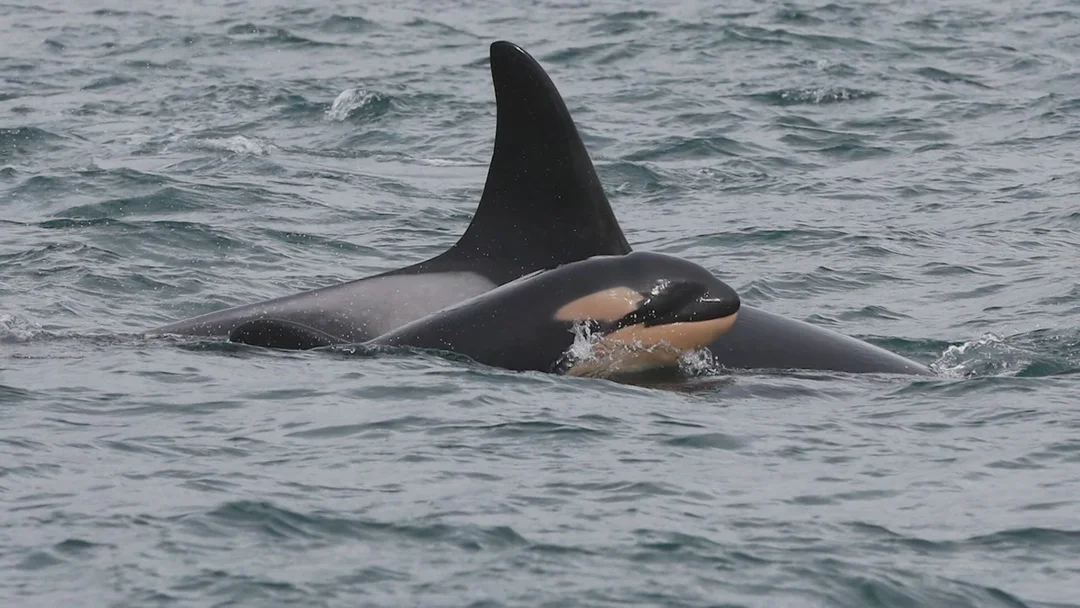
A Newborn Ray Of Hope: Baby Killer Whale Spotted In British Columbia Signals Survival For Endangered Pod
In a heartening turn for conservationists and marine life enthusiasts, a baby killer whale has been sighted among the Southern Resident killer whale population in British Columbia—an event that shines a rare and welcome light on this critically endangered species. Over the past year, only four calves have been born to the Southern Resident population, with this new calf marking the first for its mother, J40. The sighting not only marks a biological milestone, but also represents hope for a group that faces daunting odds for survival.
The baby orca, now designated J63, was observed swimming closely alongside J40 as the J Pod traveled west past Victoria Harbour on April 6, 2025. Veteran researcher Mark Malleson, from the Center for Whale Research, made the discovery and quickly relayed the news to an eagerly watching conservation community. According to the Center's official statement, "This is J40’s first known calf and the fourth born into the Southern Resident killer whale population in the past 12 months—a sign of hope for this endangered community."
Initial assessments bring cautious optimism: there are "no immediate concerns" about the calf’s health. However, the first year remains a critical and risky period, especially for calves born to first-time mothers. Survival rates are low, with only one calf from the prior three born last year making it to date. To mitigate this, researchers are also planning ongoing observations to monitor J63’s development and well-being.
The story of the Southern Resident killer whales is a delicate tapestry woven with scientific curiosity, environmental policy, and deep cultural significance. Comprised of distinct matrilines centered around older females, pods like J Pod highlight the importance of social structures in orca communities. The Orca Conservancy underscores that each birth adds crucial genetic diversity and resilience to a shrinking population. The Marine Mammal Center also points out that orcas form pods not just for social bonds, but as sophisticated systems for collaborative hunting and protection from threats.
But this optimism is tempered by grim numbers. According to the Endangered Species Coalition, in the past two decades alone "marine parks had taken or killed over 50 individuals from the Southern Resident Orca population—approximately 40% of the population." Such figures only magnify the significance of J63’s arrival and the urgent need for continued vigilance.
The baby whale’s birth comes with legal and protective context as well. Though all orcas are safeguarded under the Marine Mammal Protection Act, the Southern Resident population has additional protections as an endangered species under federal law—a recognition of both ecological need and political will.
As both scientists and nature lovers keep a hopeful watch on J63’s progress, the question remains: can this small, resilient pod outswim the tides of extinction? Every birth counts, and for J Pod, every new calf is a future in motion. What do you think needs to be done next to ensure these remarkable creatures continue to thrive? Share your thoughts and join the conversation below.